Conservation of Painted Terrapin in Aceh Tamiang Indicates Population Recovery
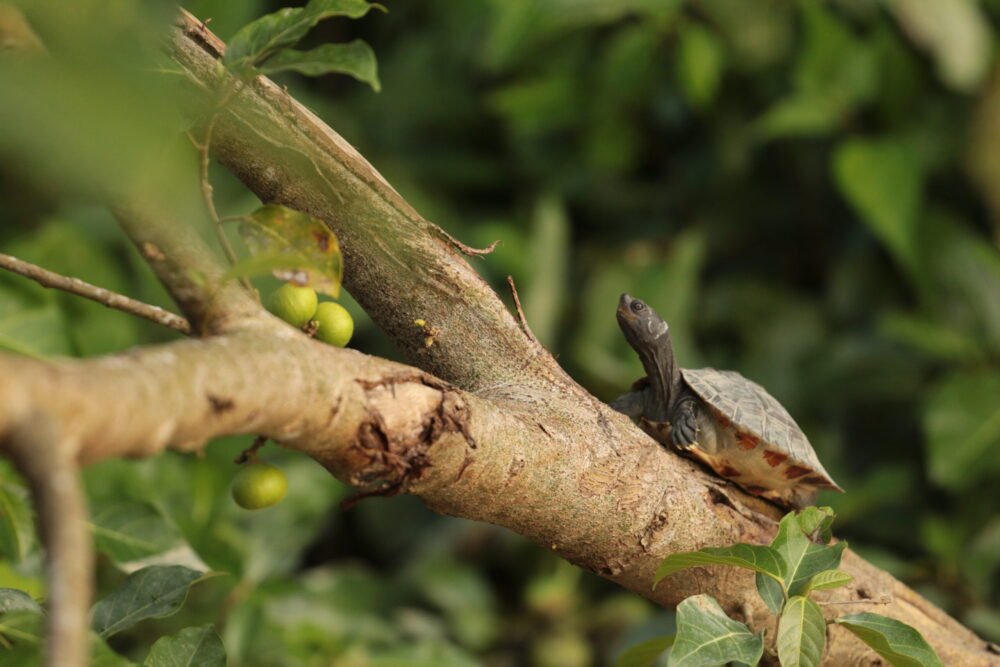
The SatuCita Foundation (YSLI) released the results of the latest study from monitoring the population of Painted Terrapin (Batagur borneoensis) in the Tamiang River area, Aceh Tamiang. This endangered species is showing recovery after a decade of conservation program. This was concluded based on the results of the monitoring survey and nest discovery study conducted by the team of SatuCita.
Latest monitoring conducted by YSLI together with the Agency of Conservation of Natural Resources (BKSDA) Resort Langsa June 2024 revealed that out of a total of 44 individuals terrapin that were successfully sighted while sunbathing on twigs and branches on the riverbank, 28 individuals were successfully photographed.
Of the total number photographed, the team identified that 24 individuals still had notches on the marginal scute of the shell. Although the team failed to find the notch on the left and right sides of the shell because they were only able to photograph it from one side, the notch visible on the shell could be an indication that the individual was the result of a wild release.
Findings
Comparing the number of individuals identified during the monitoring survey with the total number of individuals released until April 2024, a post-release survival rate is estimated of 0.75 percent. Although this estimation is relatively low, the survey shows that wild population structure sufficient is quite good. This is because covers every category of age, namely hatchling, juvenile and adult.
In addition, a short period a survey, the characteristics of this aquatic species is elusive, and many crocodiles found in the river cause the options of survey methods which can be applied on the field are become limited.
” Although the estimation of survival rate is relatively low, but this is an aevidence that they can survive after released into the wild. Then, the trend of nest found on the nesting beach for the last ten years is also stable and tend to increase” said Guntoro , the researcher from YSLI.
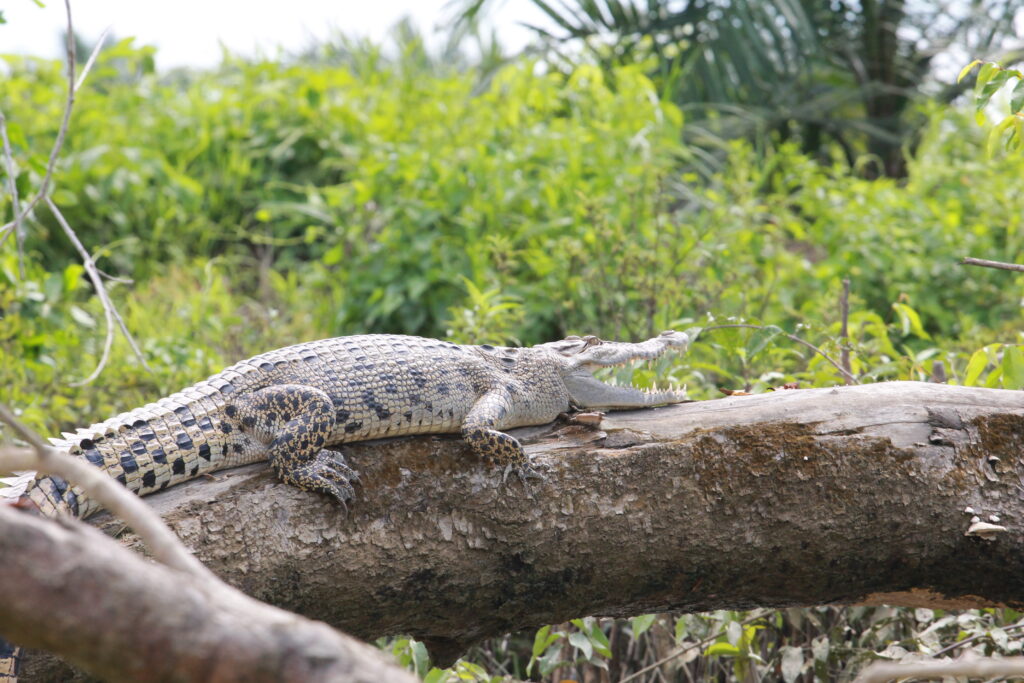
Since 2012 to 2024, the SatuCita Foundation together with the Agency of Conservation of Natural Resources (BKSDA) Province of Aceh and community has released over 3,200 offspring into wild habitat, Tamiang River and its tributaries. Those are result of nest patrol activity.
All individuals had been released were marked with the 1-2-4-7 marking system, and some were also givenn a PIT (Passive Integrated Transponder) Tag. Through this marking system, every scute on the marginal shell represents a specific number. Through a combination of notching, the system can mark up to 14,999 individuals.
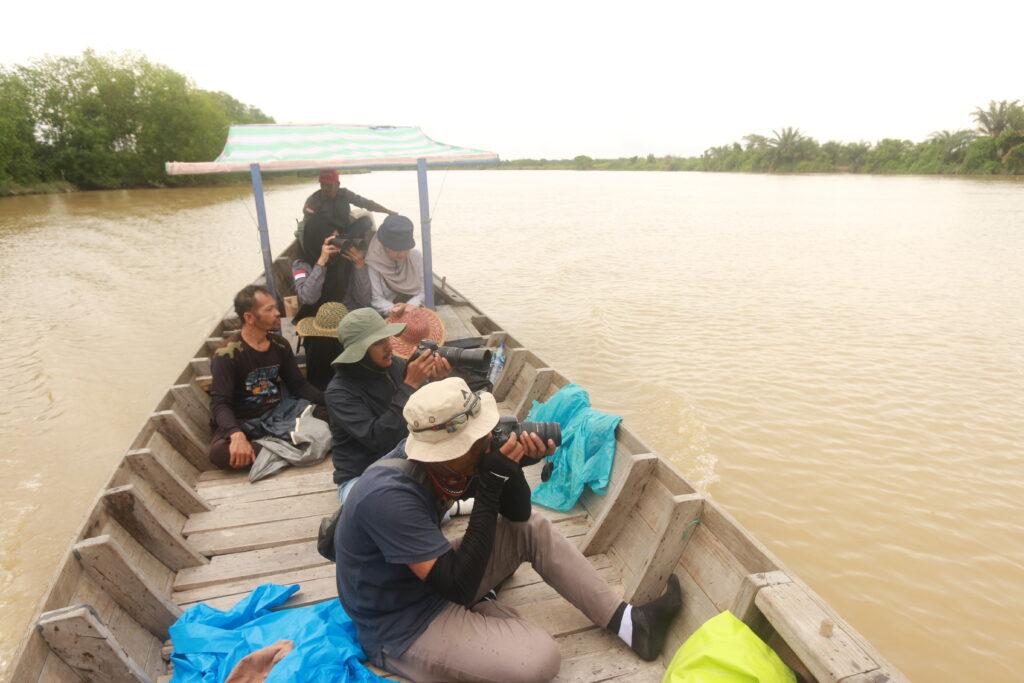
The team also conducted interviews with 60 river fishermen in three villages around the Tamiang River. The result showed that 50 percent river fisherman stated that the terrapin currently are often sighted when basking on riverside compared to ten to twelve years ago.
Threat
However, the interview also found that 25 % of respondent said that sometime the terrapin accidentally caught in their fish/shrimp trap (Bubu). It is an indication that the trap, although unintentionally, is still become a threat for Painted Terrapin.
The loss of riverine vegetation which converted to agriculture makes the terrapin loss a place for basking to regulating its body temperature, cleaning the parasites of its shell, and food source. The Apple mangrove tree (Sonneratia sp.) which grew on the riverine is one of food source for Painted Terrapin.
” These problems are important for the stakeholders to keep and restore the riverine area and expand conservation effort,” said Siti Aisyah, a research member.
The Foundation would like to thank for the Turtle Conservation Fund to support the team to carried out the field monitoring through their small grant. The Foundation is also would like to thank to the Houston Zoo and Synchronicity Earth for the support to the Foundation. (Aisyah/Gun)
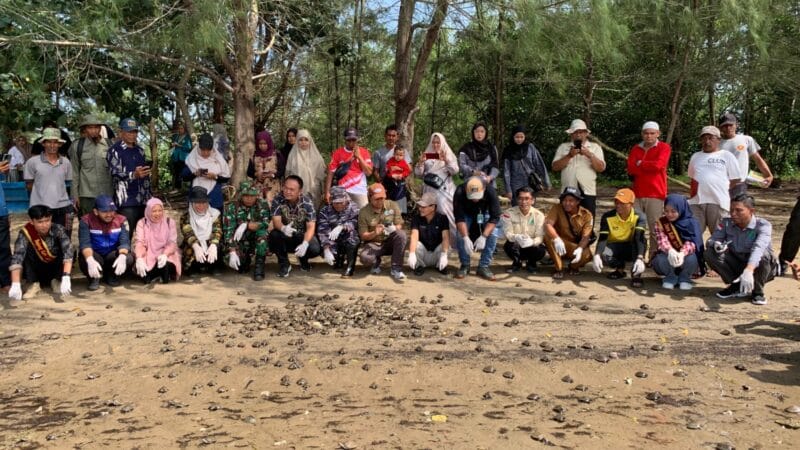
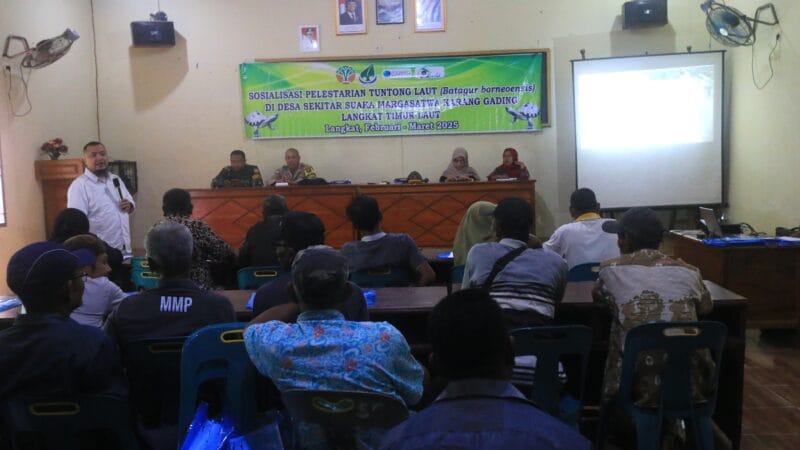
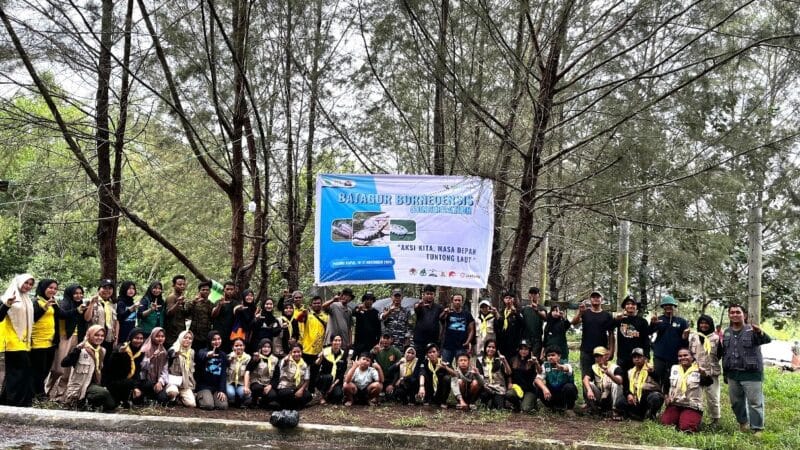
One thought on “Conservation of Painted Terrapin in Aceh Tamiang Indicates Population Recovery”